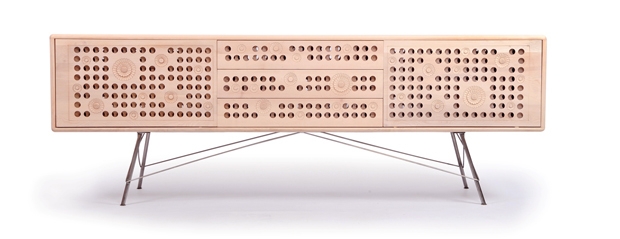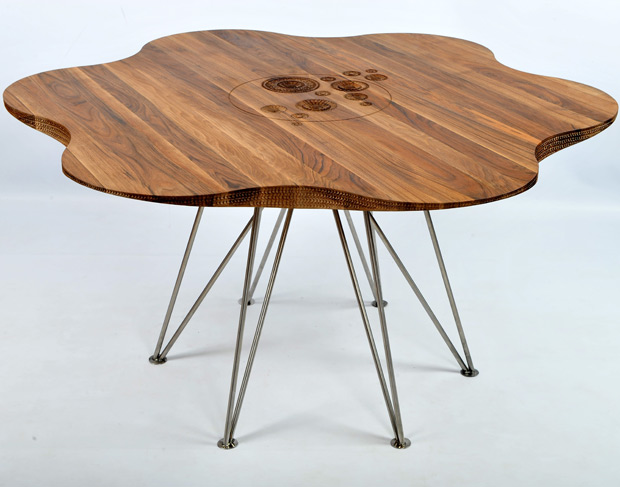Manulution
A contemporary twist on Bosnian Konjic furniture-making


Having survived WWII, the rise and fall of communism and the breakup of Yugoslavia, Bosnian furniture line Manulution has established an enduring legacy. Last spring, the company caused a stir at the International Contemporary Furniture Fair (ICFF), and is now launching American operations from its Washington, D.C. headquarters. With a history of handcrafted wood furniture dating back to 1927 under parent company Rukotvorine (“handcrafts” in English), the avant-garde collection promises to be a big hit for North Americans yearning for some old-world regal craftsmanship.

A large part of Manulution’s appeal lies in their impeccable track record. With pieces often lasting across three generations, their collection runs in stark contrast to the recent surge of self-assembled disposable furniture. The wood is responsibly sourced from local Bosnian growers, mostly comprising old trees that have ceased to bear fruit and are ready to be replaced with younger saplings. Manulution also reclaims their old furniture from previous owners for resale to discerning antique collectors to ensure that their products never end up in a landfill.


The company has three distinct lines that show a range of aesthetic leanings. The traditional selection features hyper-intricate detailing on ottoman tea tables and chairs while the modern and artisanal collections err on the side of pared-down modernism. Unique to this level of craftsmanship are virtually seamless joints, which give the pieces a fluid finish. The technique draws from the Bosnian tradition of Konjic woodcarving, which is currently under consideration for UNESCO’s World Intangible Cultural Heritage List.


Some of Manulution’s pieces are available at the Mondo Collection in NYC and Haute Living in Chicago. Anthropologie has just started carrying Manulution’s “wave table,” a unique dining piece that features embedded “pockets” that swivel on the table’s planar surface to hold flowers, condiments, or other dinner-time essentials.









